In today’s fast-paced supply chain environment, Warehouse Distribution plays a critical role in ensuring products move seamlessly from storage to the customer’s doorstep. It encompasses the strategic organization, storage, and shipment of goods, serving as the operational backbone of eCommerce, retail, and manufacturing. An efficient warehouse distribution system not only reduces delivery time but also enhances customer satisfaction and lowers operational costs. This article explores its importance, how it works, and best practices for optimization.
What is Warehouse Distribution?
Warehouse Distribution is a vital part of modern supply chain management, involving the organized storage and dispatch of goods. It goes beyond basic warehousing by integrating advanced inventory control, accurate order fulfillment, and coordinated logistics to ensure timely and efficient product delivery.
As an integral element of the logistics framework, Warehouse Distribution serves as the operational nexus connecting points of production or consolidation with end-users, thereby ensuring the continuous and optimized flow of goods through the commercial pipeline. Effective Warehouse Distribution strategies are fundamental to achieving operational efficiency and customer satisfaction in today’s competitive markets.
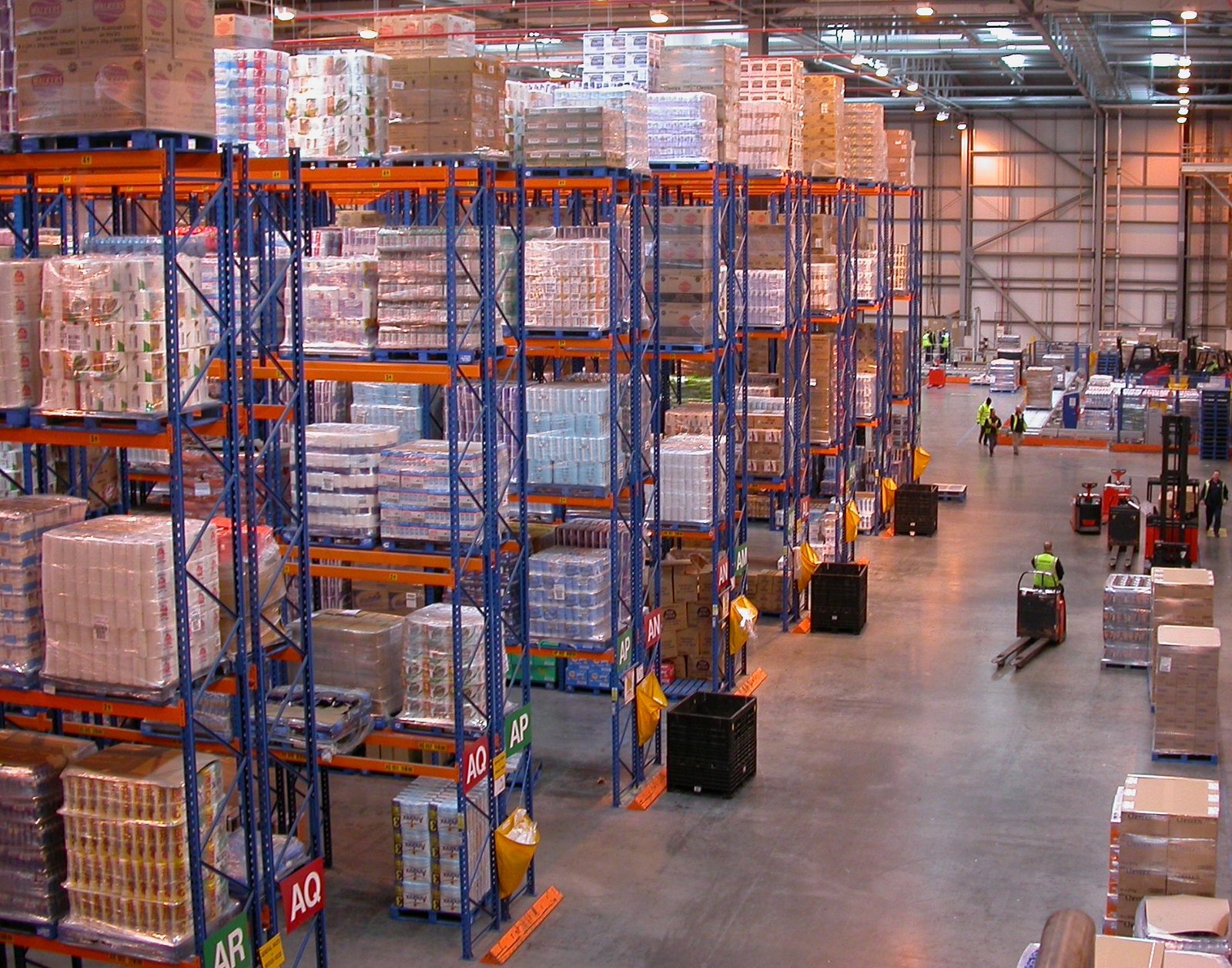
Why is Warehouse Distribution important for Supply Chain?
Warehouse distribution plays a crucial role in the overall efficiency and effectiveness of the supply chain. Here are several reasons why it is so important:
- Facilitates efficient movement of goods: Warehouse distribution serves as a central hub where products are stored, sorted, and prepared for delivery. This ensures that goods move smoothly from manufacturers to consumers, bridging the gap between production and consumption.
- Enhances inventory management: By providing a secure space for inventory, warehouses enable businesses to manage stock levels effectively. Advanced inventory management systems help track product quantities and automate reordering processes, reducing the risk of stockouts and overstocking.
- Improves order fulfillment: Distribution centers are responsible for picking, packing, and shipping orders accurately and efficiently. A streamlined order fulfillment process is essential for meeting customer expectations for timely deliveries.
- Reduces transportation costs: Strategically located warehouses minimize the distance between storage facilities and customer locations, which helps lower transportation costs. Efficient distribution processes also reduce shipping errors and returns, further saving time and money.
- Supports scalability and flexibility: As businesses grow, their warehousing and distribution needs evolve. A robust warehouse distribution system allows companies to scale operations without overhauling their entire supply chain infrastructure.
Warehouse Distribution Process: How It Work
The warehouse distribution process involves several key steps that ensure products are handled efficiently from the moment they arrive at the warehouse until they reach the customer. Here’s how it typically works:
- Receiving goods: The process begins with the receipt of products from suppliers. Upon arrival, items are checked for accuracy and quality before being accepted into the warehouse.
- Storage: Once received, products are stored in designated areas within the warehouse. This may involve using various storage techniques, such as pallet racking or shelving, to optimize space and accessibility.
- Inventory management: Advanced warehouse management systems (WMS) track inventory levels in real time, allowing businesses to monitor stock and manage replenishment effectively. This ensures that the right products are available when needed.
- Order processing: When a customer places an order, the warehouse team picks the items from storage, packs them, and prepares them for shipment. Efficient order processing is critical for meeting customer expectations and ensuring timely deliveries.
- Shipping: Finally, the packed orders are shipped to their final destinations, whether that’s directly to consumers or to retail locations. Effective transportation coordination is essential to minimize transit times and costs.

Best practices to improve Warehouse Distribution efficiency
Enhancing warehouse distribution efficiency is essential for optimizing operations and meeting customer demands. Here are some best practices to consider:
- Use a warehouse management system (WMS): Implementing a WMS can significantly streamline your warehouse operations. This technology provides real-time inventory tracking, automates order processing, and improves labor allocation, ultimately reducing errors and enhancing visibility throughout the supply chain.
- Design an efficient warehouse layout: A well-structured warehouse layout minimizes travel time and maximizes space utilization. By organizing storage areas based on product demand and ensuring clear pathways for movement, you can enhance productivity and reduce the time spent on picking and packing.
- Maintain optimal inventory levels: Keeping the right amount of inventory on hand is crucial for meeting customer demand without overstocking. Regularly analyzing sales data and using demand forecasting can help maintain optimal inventory levels, reducing carrying costs and improving cash flow.
- Select the right distribution partner: Choosing a reliable distribution partner is vital for ensuring timely deliveries and efficient warehouse distribution. Look for partners with a proven track record, strong logistics capabilities, and the ability to scale with your business needs.
- Implement a vendor compliance program: Establishing a vendor compliance program can enhance collaboration with suppliers and streamline operations. By setting clear expectations for product quality, labeling, and shipping practices, you can reduce errors and improve overall efficiency in the supply chain.
- Leverage cross-docking for faster turnaround: Cross-docking allows for the direct transfer of goods from incoming to outgoing shipments, bypassing storage. This practice can significantly reduce handling times and improve order fulfillment speed, making it particularly beneficial for high-volume operations.

How Technology Enhances Distribution Warehouse Operations
Technology plays a pivotal role in enhancing the efficiency and effectiveness of warehouse distribution operations. Here are some key ways it achieves this:
- Improves inventory accuracy and control: Advanced technologies such as Warehouse Management Systems (WMS) and RFID (Radio Frequency Identification) enable real-time tracking of inventory levels. This leads to greater accuracy in stock counts and helps prevent issues like stockouts and overstocking. By automating inventory management, businesses can ensure that they have the right products available when needed, ultimately enhancing customer satisfaction.
- Speeds up and refines order fulfillment: Automation tools, including robotic picking systems and conveyor belts, streamline the order fulfillment process. These technologies reduce the time taken to pick, pack, and ship orders, allowing warehouses to respond quickly to customer demands. Enhanced order accuracy also minimizes errors, leading to fewer returns and higher customer satisfaction.
- Minimizes costs and reduces waste: By optimizing warehouse operations through technology, businesses can significantly lower operational costs. Automation reduces the need for manual labor, while efficient inventory management minimizes waste associated with overstocking and spoilage. Additionally, technologies like cross-docking can further cut costs by reducing storage time and improving turnaround times.
Differences Between Warehousing and Distribution Centers
Understanding the differences between warehousing and distribution centers is essential for optimizing your supply chain and enhancing warehouse distribution efficiency. While both serve as critical components in the logistics process, they have distinct functions and characteristics:
| Feature | Warehousing | Distribution Centers |
| Primary Purpose | Primarily for long-term storage of goods. | Focused on the quick turnover of products for order fulfillment. |
| Operations | Involves receiving, storing, and managing inventory. | Includes picking, packing, and shipping products directly to customers. |
| Inventory Flow | Slower inventory flow; items may be stored for extended periods. | Faster inventory turnover; products are moved quickly from storage to shipping. |
| Customer Interaction | Less direct interaction with customers; mainly supports internal operations. | Directly interacts with customers by fulfilling orders and managing returns. |
| Location | Often located near production facilities or bulk storage areas. | Typically situated near major transportation hubs for efficient shipping. |
Mastering Warehouse Distribution is essential for improving fulfillment speed, minimizing costs, and gaining a competitive edge in the logistics industry. By adopting smart strategies and advanced technologies, businesses can unlock new levels of efficiency and reliability. Contact Keys Logistics today to streamline your distribution operations and elevate your supply chain performance. Let’s deliver smarter – together.


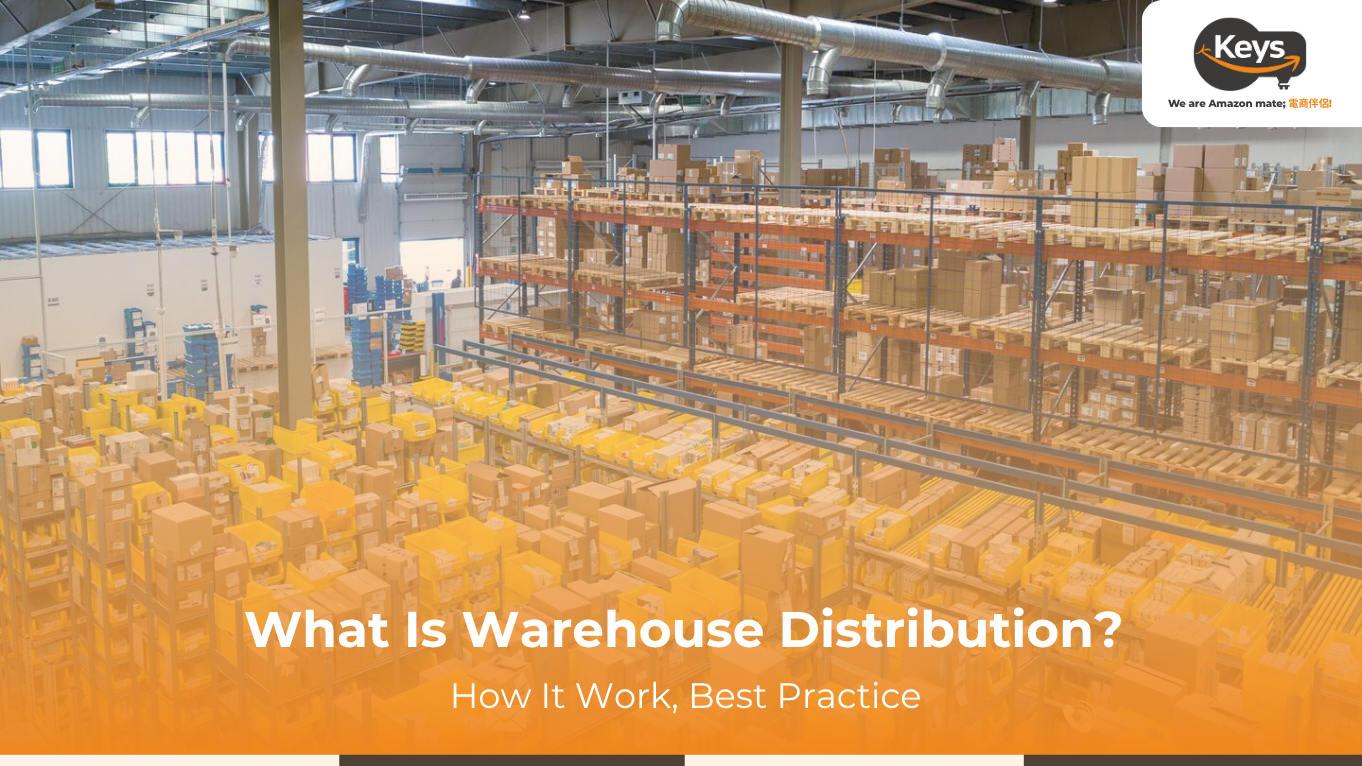





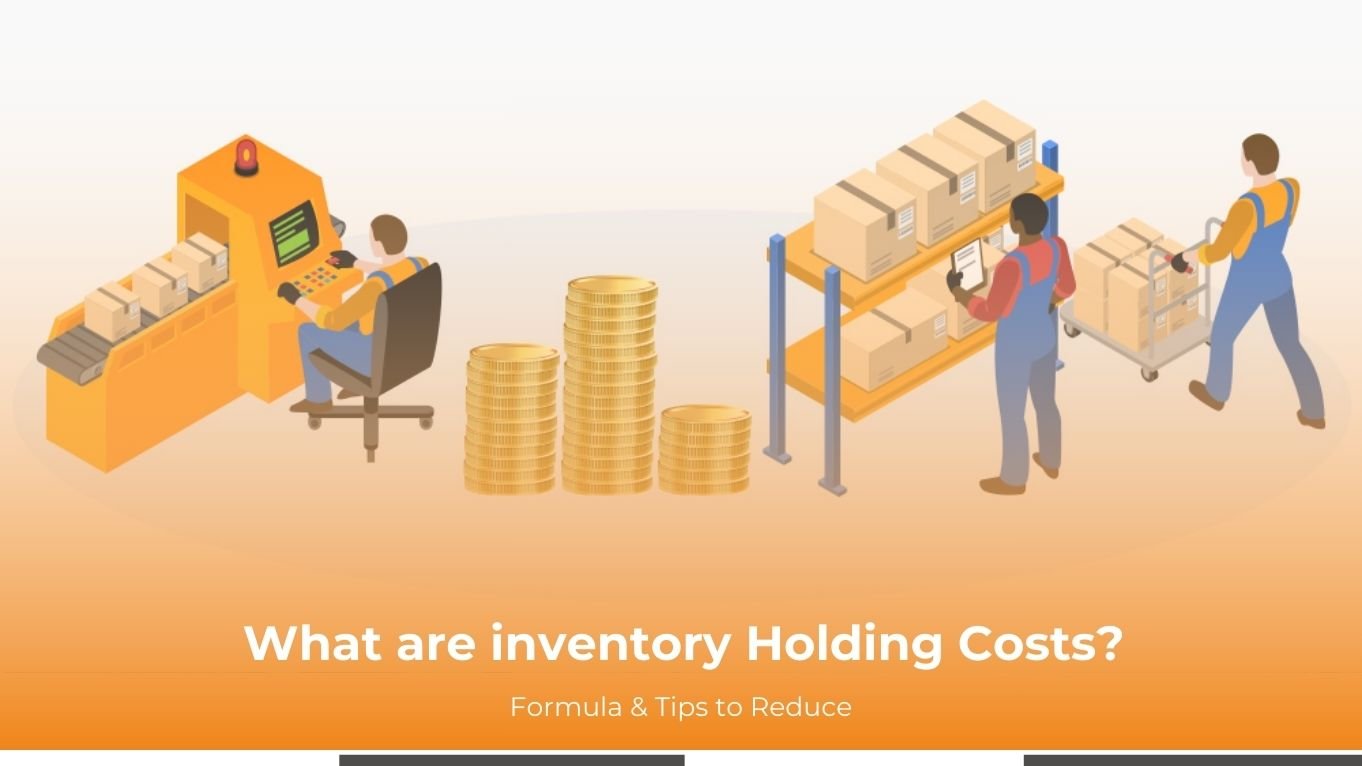
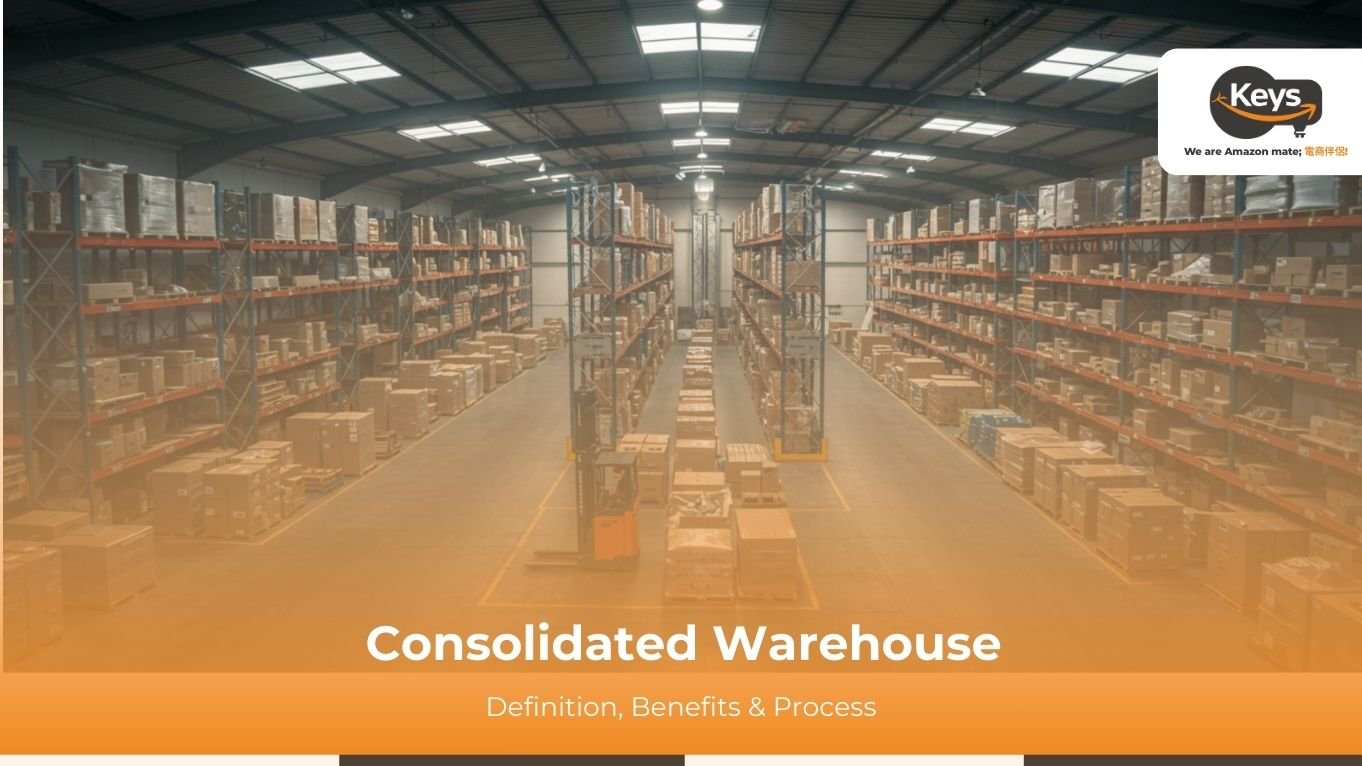
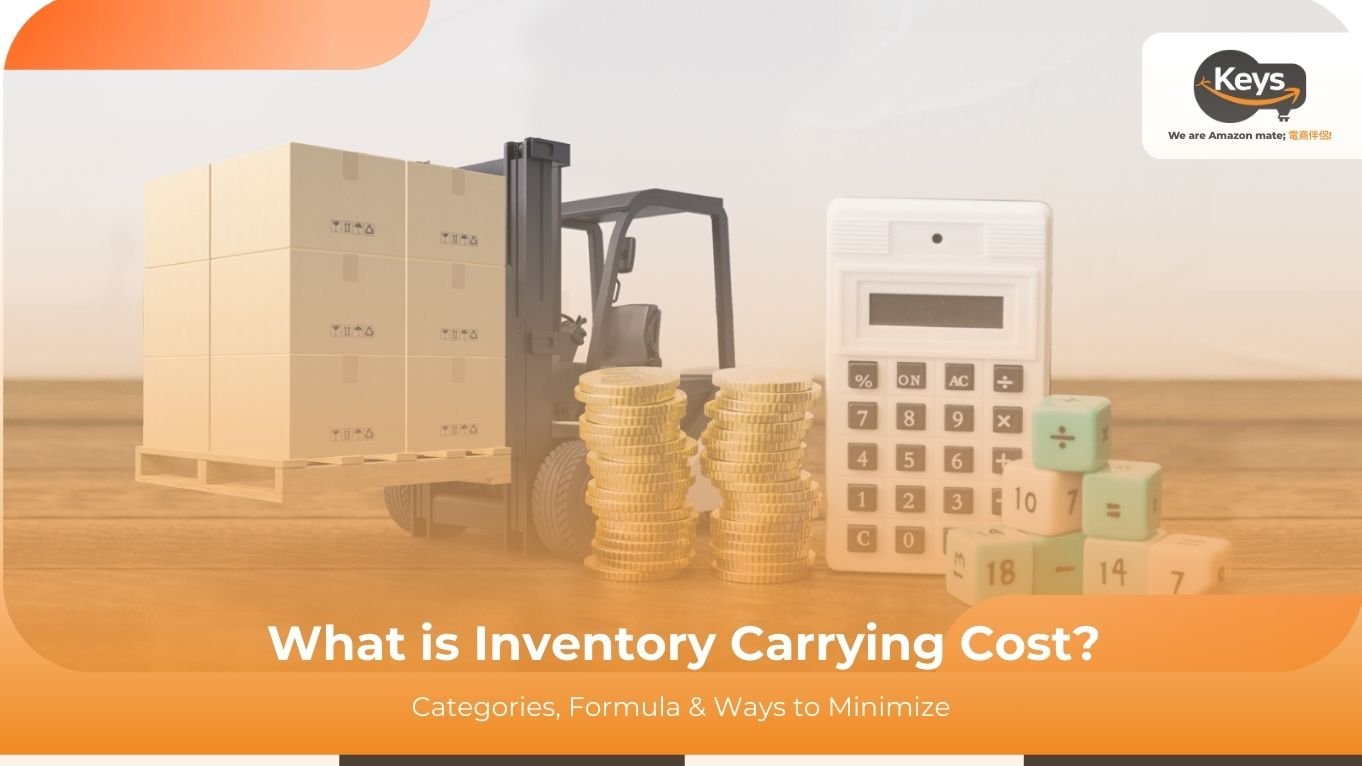

 Tiếng Việt
Tiếng Việt 中文 (中国)
中文 (中国)

